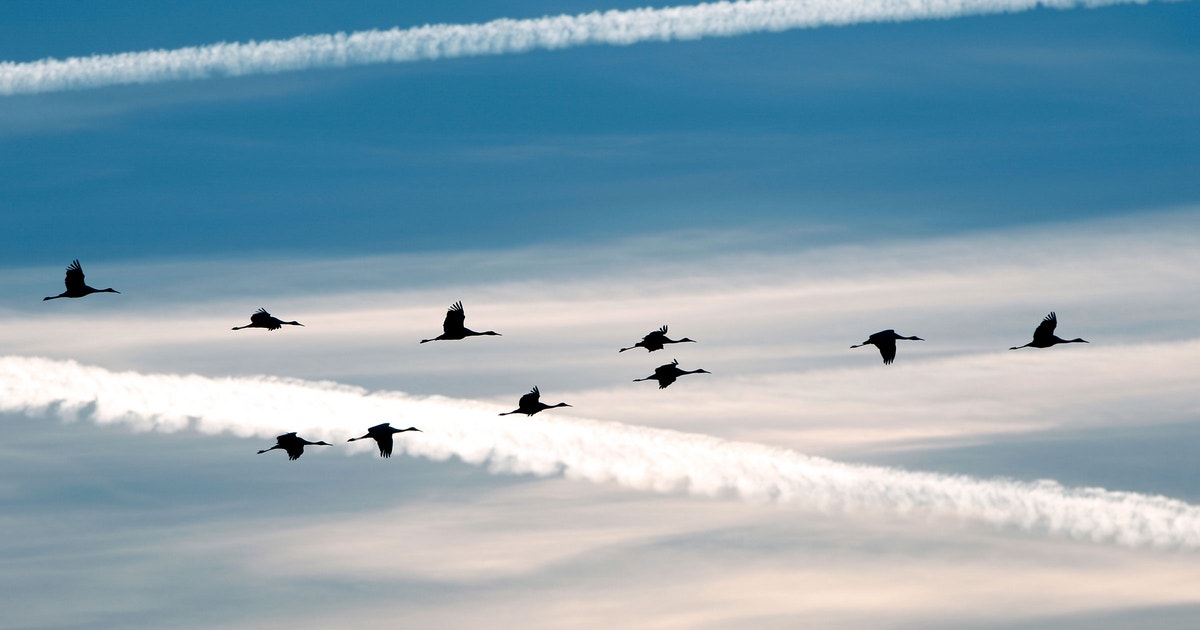Conservation without financial innovation and good projects is stagnation. The speed of climate change and its impact on biodiversity – as evidenced by the billions of birds we have lost in the Western Hemisphere since the 1970s – is not matched by the pace of responses from governments, multilateral banks, private institutions, or citizen initiatives.
There is plenty of literature and shared goals in favor of the planet. The business case for conservation is basically in place. Despite the advances, year after year, we arrive at the same point: we are lagging in the quantity and quality of investment in projects that effectively address current development needs and, at the same time, the medium-term challenges to conserve what ecosystems still exist and restore what is recoverable.
“Conservation without money is just a conversation” is still a valid mantra that needs to be on the table, without ignoring that the dialogue between financing, sound projects, and conservation has expanded in recent years and has contributed to channeling more resources in favor of biodiversity. Even a common language between investors or bankers and environmentalists is in place: carbon credits, blue-green finance, sustainable portfolio, sustainable transformation, valuation of ecosystem services, ESG objectives, and, of course, natural capital.
But the investment gap remains. Global and Latin American reports point this out. According to the study “Conservation finance: What are we not doing? A review and research agenda”, global investment for conservation tripled from 2012 to 2019, but “it is still insufficient compared to spending on agriculture, forestry, and fisheries subsidies that degrade nature, which is at least two to four times higher. According to the research, it is, therefore, necessary to spend between $598 billion and $824 billion more per year to be nature-positive by 2030, something not achievable through government and philanthropic investments alone, and that requires the role of private investment.”
The figures are worrying. According to the most recent report on the State of Financing for Nature (United Nations Environment Programme, 2023), “in 2022, investments in nature-based solutions totaled approximately $200 billion, but finance flows to activities directly harming nature were more than 30 times larger.” It specifically points out that “private nature-negative finance flows amount to US$5 trillion annually, 140 times larger than the US$35 billions of private investments in nature-based solutions. The five industries channeling most of the negative financial flows – construction, electric utilities, real estate, oil and gas, and food and tobacco – represent 16 percent of overall investment flows in the economy but 43percent of nature-negative flows associated with the destruction of forests, wetlands, and other natural habitats.” And government spending is not far behind, especially with subsidies to four sectors – agriculture, fossil fuels, fisheries, and forestry – reaching US$1.7 trillion in 2022.
These data, which together cover more than a decade, reveal a consistent disparity between funding capital for nature-based solutions and negative capital flows to nature.
Investment routes
Let’s move from words to deeds. In this transition, birds have become unparalleled ambassadors for mobilizing resources for conservation as indicators of species of ecosystem health. Their migratory routes allow us to identify geographic hotspots for biodiversity and strategic areas for structured investment. This is the innovative approach brought by the Americas Flyways Initiative (AFI), a powerful alliance that brings together the science and environmental knowledge of two leading conservation organizations, Audubon and BirdLife International, with the experience of the Development Bank of Latin America and the Caribbean (CAF), which contributes to regional development by deploying high-value investments. Having a strong and strategic blue-green portfolio for migratory birds will also respond to the needs of local or national governments in Latin American countries.
AFI is not just a financing mechanism. It focuses on the design and accompaniment of projects that require structuring or improvement to effectively access funds and data collection to demonstrate the economic, environmental, and social return on investment, which is perhaps one of the main gaps in the conservation universe. Therein lies the innovation, in the case-by-case combination of applied science with financial tools to protect critical sites for birds and wildlife, under a sustainable development scheme that integrates and expands nature-based solutions and bird-friendly infrastructure.
AFI is our approach to bridging the funding and conservation gap for biodiversity, climate change, and sustainable development agendas. This investment facility follows America’s flyways and identifies barriers to resource access by creating a blue-green financing mechanism. Based on case studies and supported by professional teams that understand the context and local specificities, it structures green projects that speed up the deployment of solutions while assessing the impact on communities and biodiversity.
This initiative seeks the integration of sustainable infrastructure that must be safe, sited, and designed to minimize impacts on birds and biodiversity, and beneficial for local communities. This is how we are already working in Chile and Ecuador, where large projects will give us proven tools to replicate throughout the hemisphere, from the boreal forests to Patagonia.
We are in a transition stage, but it can’t last forever. CAF aims to become a green bank – with a 40 percent green portfolio by 2026 – precisely at a time when there is a greater understanding among economists, biologists, project managers, and ecologists because all now have a much clearer and broader understanding of the risks and values to our societies. Biodiversity must be at the core of the valuation of development projects. AFI’s investment in 30 projects over the next ten years is a clear commitment to this purpose.
Birds are telling us that if we want to increase responses to the climate crisis and benefit sustainable development in Latin America and the Caribbean, the solution lies in the right combination of science and investment. That is ‘the secret formula’ we must share in all countries to give wings to transformation. We will see not only the return on investment but also the migratory birds as they follow the flyways of the Americas.

